Beautiful Easter eggs from the manufactories of the Erzgebirge
Easter eggs from the Erzgebirge are beautifully hand-painted and are the figurehead of Easter for collecting and hanging, they delight and inspire our imagination. In addition, they provide a real eye-catcher on the Easter bush or for decoration purposes in a bouquet of flowers and clearly reflect their high-quality production. With us you will definitely find the right choice for your Easter. Take a look now!
There is manual work attached to it - Easter eggs from Seiffen
Here you will find the traditionally made Easter eggs in various sizes and colors with very charming patterns. For wood fans there are of course also Easter eggs in a natural wood look, which are beautifully accentuated by the very different wood grains and wood colours. Of course, we are also open to your very personal desired pattern and would be happy to develop a very individual Easter egg or a collection for you.
Folk art from the Erzgebirge is not only the best choice at Christmas time. Folk art from The Erzgebirge is just the thing for spring and Easter. Lovers and collectors are excited about the new releases every year. These complement her collection, which will never be complete. The manufacturers create new figures every year and create numerous new, small works of art. This is also the recipe for success, why the folk art from the Erzgebirge is so popular all over the world and so sought after by collectors.
Tradition and importance of the Easter custom and the Easter figures from the Erzgebirge!
In addition to the beautiful nature, the versatile folk art from Seiffen in particular attracts thousands of visitors to the Erzgebirge every year. In a long tradition, many special features arose in the region of the Erzgebirge, such as the unusual decoration and design of houses and apartments on certain holidays. Artistic woodworking has played a very important role in the region of the Erzgebirge for around three centuries. Since the beginning of concentration on wood as a raw material in the 18th century, countless small turning workshops and carving companies have developed, including in Seiffen and other centers such as Marienberg, Schneeberg, Annaberg and Pobershau.
In addition to the nutcracker, the incense smoker, the candle arch and other Christmas decorations, the production of Easter figures and Easter decorations in the Erzgebirge also became increasingly popular.
the diversity of the Easter decoration from the Erzgebirge
Since the emergence of the Easter branch to the wood art from the Erzgebirge, which was formed at the beginning by necessity to secure the livelihood throughout the year, versatile and unique motifs have developed.
symbol of life: the Easter egg
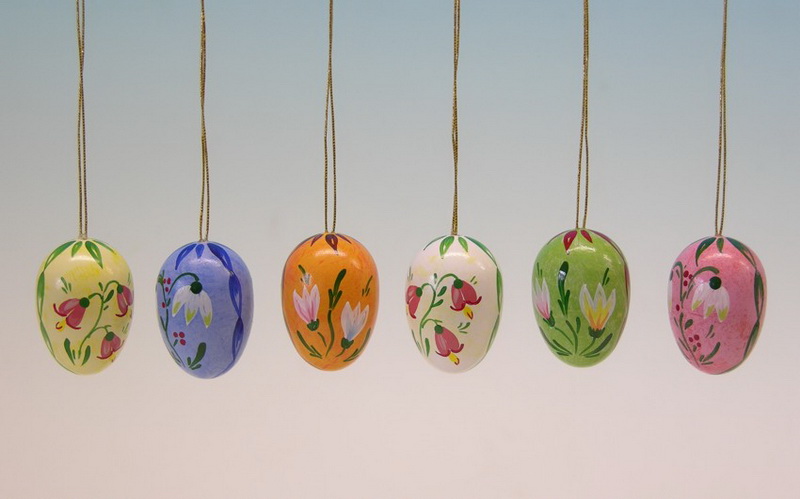 The Easter egg, which stands as a symbol of the new beginning and the purity of the beginning of life, also finds its place every year in the Easter decorated house. Painted Easter eggs from the Erzgebirge form a thematic focal point in this Easter season, which is characterized by traditions, not only for Christians. However, original Easter eggs made of wood from folk art of the Erzgebirge never seem old-fashioned. They inspire young and old with their versatile design, hand-painted they are special heirlooms that be passed on from generation to generation. The design possibilities of the original Easter eggs made of wood range from simple unpainted specimens made of different types of wood, to elaborately hand-designed shrub and table decorations. Particularly noble and valuable are Easter eggs made of wood with decorations in gold and silver color.
The Easter egg, which stands as a symbol of the new beginning and the purity of the beginning of life, also finds its place every year in the Easter decorated house. Painted Easter eggs from the Erzgebirge form a thematic focal point in this Easter season, which is characterized by traditions, not only for Christians. However, original Easter eggs made of wood from folk art of the Erzgebirge never seem old-fashioned. They inspire young and old with their versatile design, hand-painted they are special heirlooms that be passed on from generation to generation. The design possibilities of the original Easter eggs made of wood range from simple unpainted specimens made of different types of wood, to elaborately hand-designed shrub and table decorations. Particularly noble and valuable are Easter eggs made of wood with decorations in gold and silver color.
> Here you will find some answers to frequently asked questions about Easter eggs:
Why is the Easter egg considered a symbol of Easter?
In addition to the Easter bouquet, the tradition from the Erzgebirge offers a variety of special Easter symbols. The best known is of course the Easter egg. It stands for fertility and the beginning of a new life breaking through the darkness of winter. The search for the hidden eggs at Easter has been a tradition for a long time, the decisive factor here is the joy of finding them. It symbolizes the finding of new life and the resurrection of Jesus Christ.
The Easter bunny, lamb and chick also stand for fertility, purity and the beginning of a new life. The lamb, which was often sacrificed in earlier times, today also symbolizes innocence and, with its white fur, the peace in which people should live together. Finally, we would like to remind you of the Easter fire and the Easter candle. They stand as a symbol for the sun, which is to be caused by the ignition. Our Easter candle holders are ideal for bringing Easter cosiness into your home.
Why are Easter eggs hidden?
The egg represents the beginning of new life. At the time of the spring festival in honor of the goddess of fertility, it was customary to give eggs, whether brightly painted or white, as gifts. As Christianity spread, this pagan tradition was banned by some bishops. But people still wanted to give away the colorfully painted eggs. Therefore, the eggs were boiled, painted and then hidden in the open air. The children especially enjoyed the egg hunt. Later, the egg also became a Christian symbol, standing for rebirth and resurrection.
Why are Easter eggs painted? What is the significance of colors for Easter eggs?
Lent begins on Ash Wednesday and ends on Good Friday. The consumption of meat and eggs in particular is prohibited. People should remember Jesus Christ's forty-day fast in the desert and do penance. But what happened to the many eggs that the hens lay during this time? They were boiled for longer shelf life. To distinguish them from the raw eggs, they were painted with paint. Red eggs were considered a symbol of suffering and the blood of Jesus Christ. Gradually, other colors also conquered the Easter egg, such as yellow for wisdom and enlightenment, green for innocence and youth, or orange for strength and endurance. Today Easter eggs are painted, printed, dipped, glued or scratched, depending on favor.
When do you look for and eat Easter eggs?
This old tradition is due to Lent. After 40 days of deprivation, people could eat meat and eggs again. Because a particularly large number of eggs had accumulated by this time, the custom of looking for Easter eggs on Easter Sunday developed. It turned out that colored eggs were much easier to spot. And of course they were eaten immediately. The eggs laid during Holy Week played a special role. These were even specially blessed, as they were considered particularly holy.
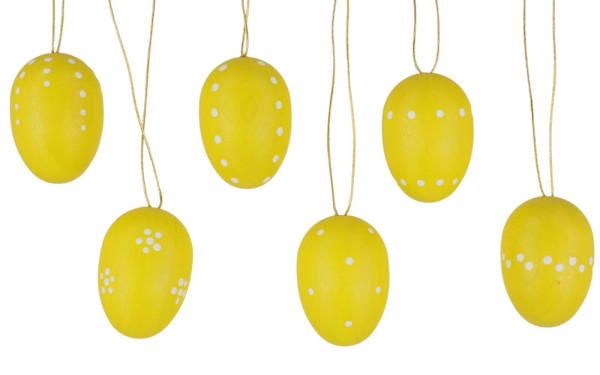
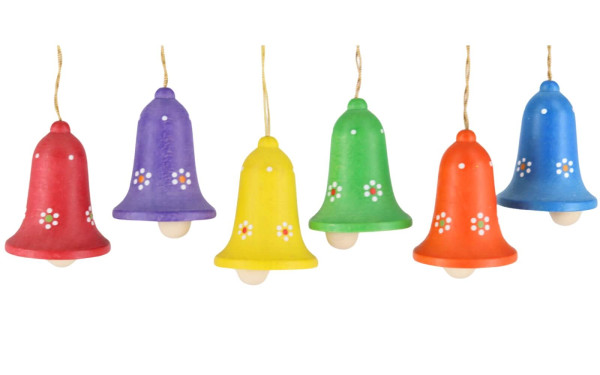


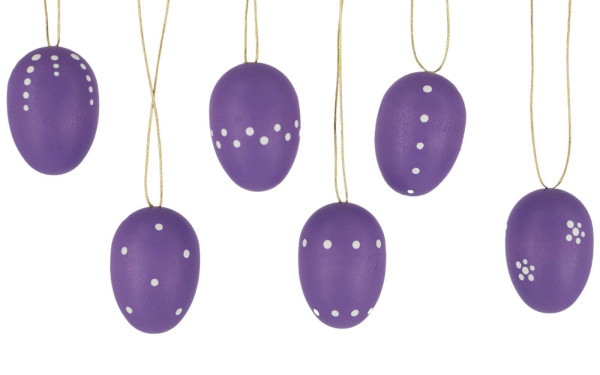
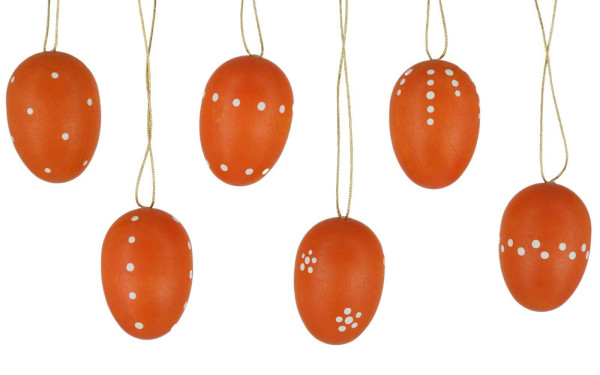

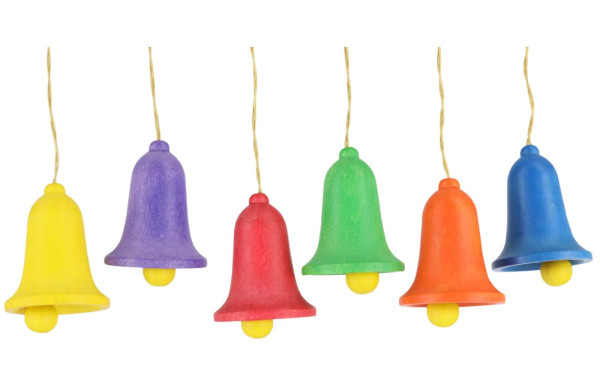
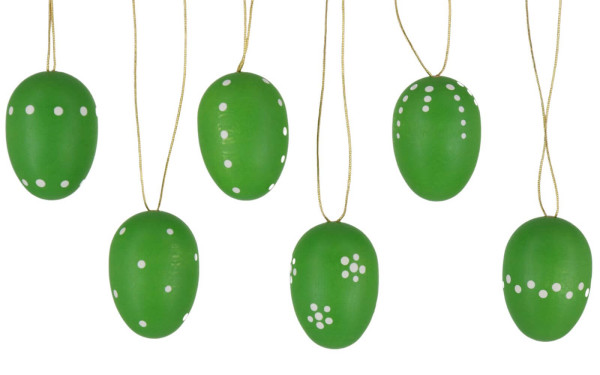
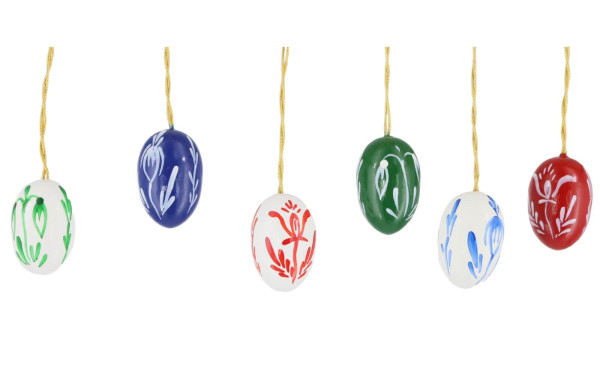

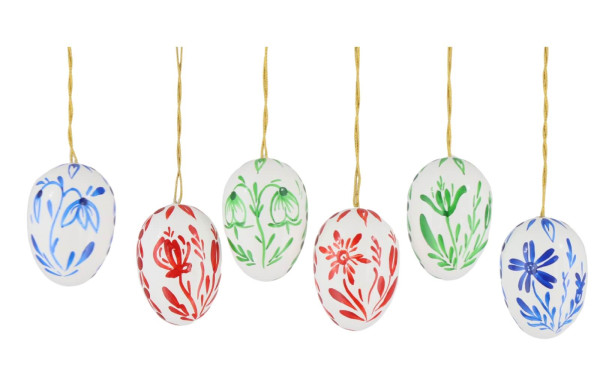
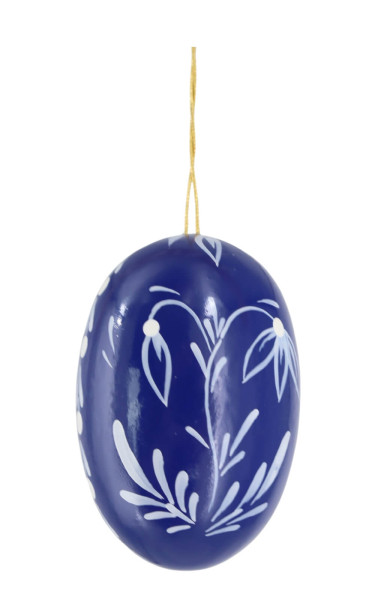
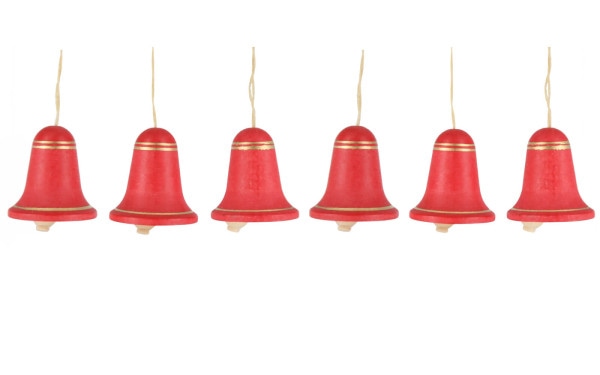

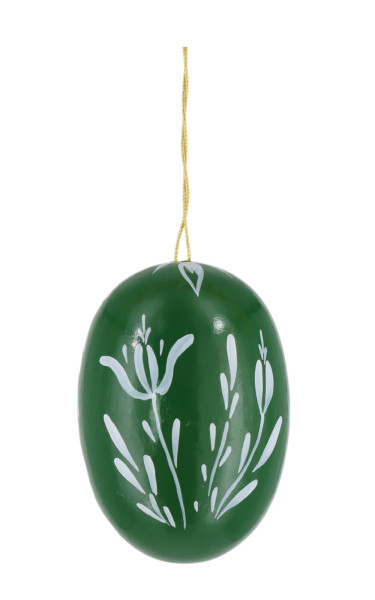
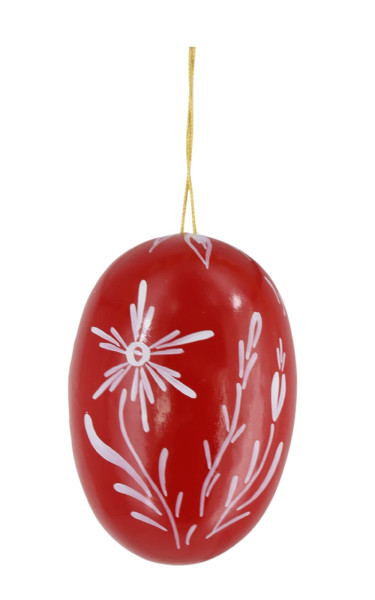
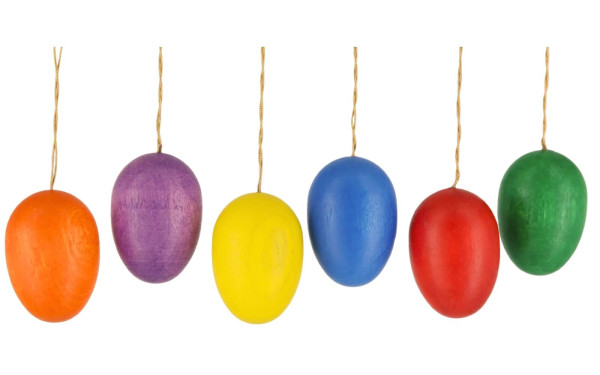

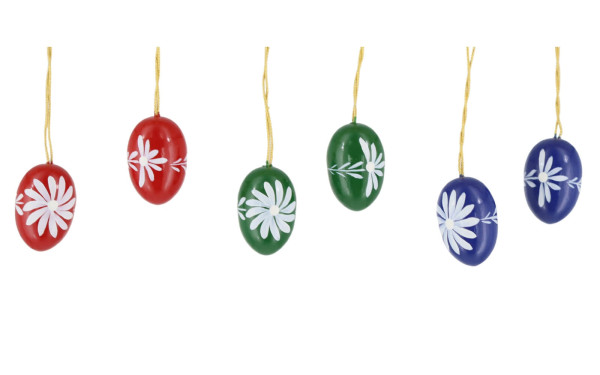


 The Easter egg, which stands as a symbol of the new beginning and the purity of the beginning of life, also finds its place every year in the Easter decorated house. Painted Easter eggs from the Erzgebirge form a thematic focal point in this Easter season, which is characterized by traditions, not only for Christians. However, original Easter eggs made of wood from folk art of the Erzgebirge never seem old-fashioned. They inspire young and old with their versatile design, hand-painted they are special heirlooms that be passed on from generation to generation. The design possibilities of the original Easter eggs made of wood range from simple unpainted specimens made of different types of wood, to elaborately hand-designed shrub and table decorations. Particularly noble and valuable are Easter eggs made of wood with decorations in gold and silver color.
The Easter egg, which stands as a symbol of the new beginning and the purity of the beginning of life, also finds its place every year in the Easter decorated house. Painted Easter eggs from the Erzgebirge form a thematic focal point in this Easter season, which is characterized by traditions, not only for Christians. However, original Easter eggs made of wood from folk art of the Erzgebirge never seem old-fashioned. They inspire young and old with their versatile design, hand-painted they are special heirlooms that be passed on from generation to generation. The design possibilities of the original Easter eggs made of wood range from simple unpainted specimens made of different types of wood, to elaborately hand-designed shrub and table decorations. Particularly noble and valuable are Easter eggs made of wood with decorations in gold and silver color.